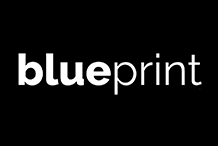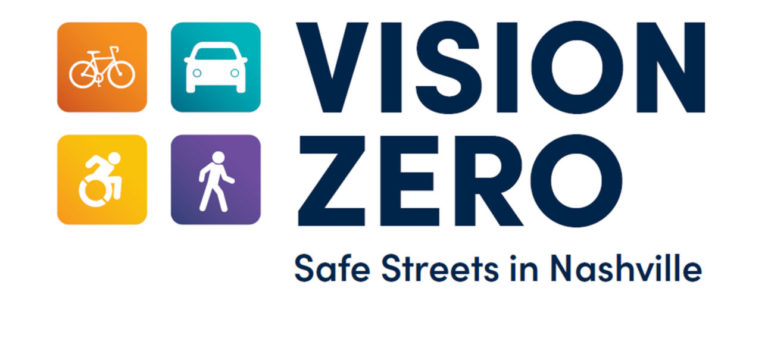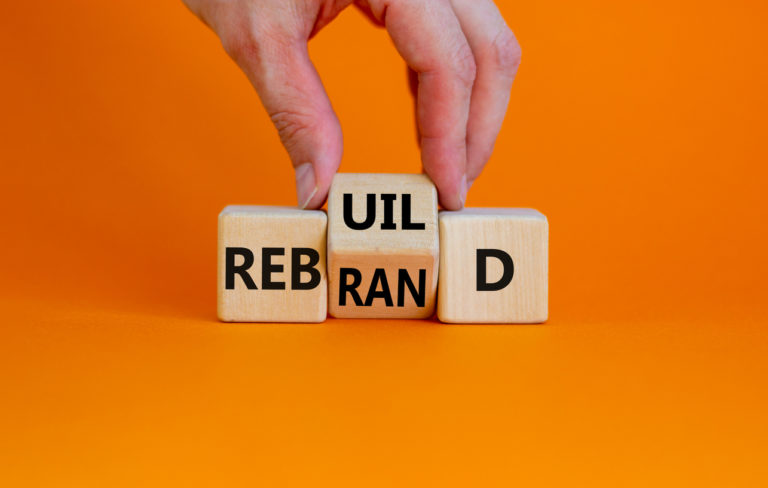The Future of Creativity: How Generative AI is Revolutionizing Industries and Changing the Game in Art, Music, Finance, and Healthcare
- March 13, 2023
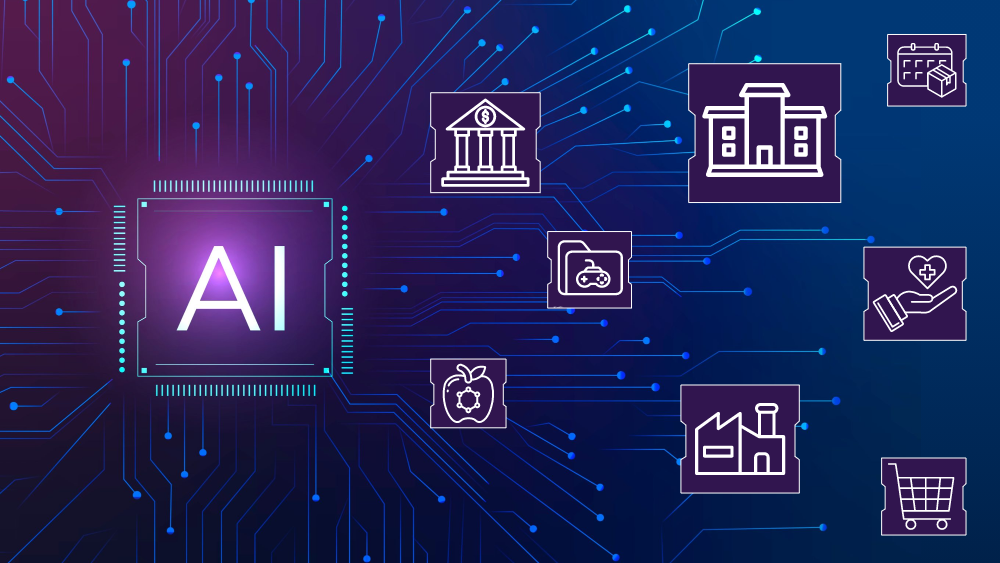
The rise of generative AI is changing the game in many industries, from finance and healthcare to art and music. With its ability to analyze data and create new content, it’s no surprise that AI is playing a significant role in the creative industry. In this article, we’ll explore how generative AI is revolutionizing various sectors, the concerns and opportunities it presents, and what it means for the future of creativity.
Finance

Generative AI has been instrumental in the financial industry, where it’s used to develop models for analyzing market trends and predicting financial outcomes. By analyzing vast amounts of data, AI can help traders make informed investment decisions and improve their trading strategies. For instance, companies like Goldman Sachs and JP Morgan have leveraged AI to analyze stock market data and make predictions, leading to significant profits.
One company that is using AI in finance is Kensho, which was acquired by S&P Global in 2018. Kensho uses machine learning and natural language processing (NLP) to analyze financial markets and predict how different events might impact them. Their platform analyzes millions of data points, including news articles, earnings reports, and social media feeds, to create predictive models. For example, if a hurricane is predicted to hit a particular region, Kensho’s platform can analyze the data to predict how it will impact insurance stocks or the housing market in that region.
Another example of AI being used in finance is through robo-advisors. Robo-advisors use AI and machine learning algorithms to provide automated financial advice and portfolio management services. These algorithms analyze investors’ risk tolerance, investment goals, and market conditions to create personalized investment strategies. Robo-advisors can be accessed through websites or mobile apps, and they offer lower fees than traditional financial advisors.
AI is also being used to detect fraud in the finance industry. Companies like Feedzai use machine learning algorithms to detect anomalies in financial transactions that may indicate fraud. Their platform analyzes historical data to create models that can identify patterns of fraud and predict future fraud attempts. By using AI to detect fraud, financial institutions can reduce losses and protect their customers’ assets.
AI is being used to create new financial products and services. For example, one of the most well-known applications of AI in finance is blockchain technology. Blockchain is a decentralized, distributed ledger that records transactions in a secure and transparent manner. It is being used to create new financial products such as cryptocurrencies, smart contracts, and digital identity systems. These products are built using AI and machine learning algorithms to improve efficiency, transparency, and security.
Healthcare
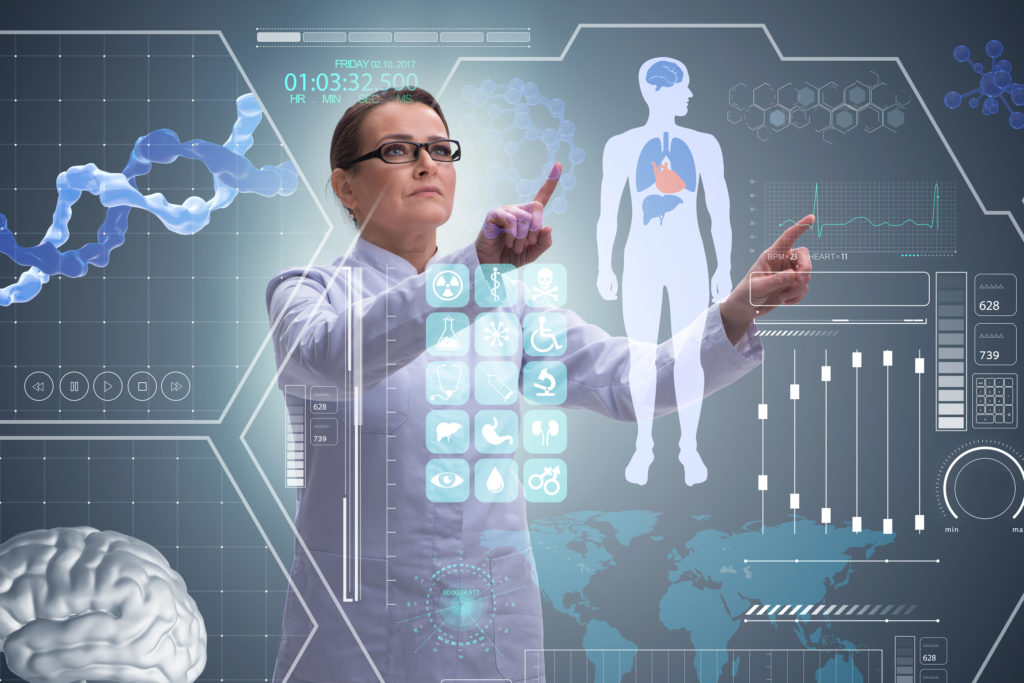
In the healthcare sector, generative AI is being used to develop treatments and medications that were once impossible to create. By analyzing large datasets and identifying patterns, AI has the potential to revolutionize the healthcare industry and improve the lives of millions of people worldwide.
Drug Discovery: Generative AI is being used to accelerate drug discovery by creating virtual models of molecules that can be used to simulate their interactions with various biological systems. For example, Insilico Medicine is a company that uses generative AI to discover new drugs for cancer, aging, and other diseases. They use AI algorithms to analyze large datasets of molecular information and identify potential drug targets. Another example is a company called BenevolentAI, which uses AI to analyze vast amounts of medical data and identify potential drug candidates for diseases like Parkinson’s and Alzheimer’s. This kind of analysis would be impossible for humans to do on their own, but with the help of AI, researchers can identify new treatments more quickly and efficiently.
Personalized Medicine: Generative AI is also being used to develop personalized medicine, which involves tailoring treatments to individual patients based on their genetic makeup, lifestyle, and medical history. For example, the company OWKIN uses machine learning to analyze medical images and genomic data to identify biomarkers that can be used to develop personalized cancer treatments.
Medical Imaging: Generative AI is being used to improve medical imaging and diagnosis. This technology can generate synthetic images that can be used to train machine learning algorithms to recognize patterns and identify abnormalities in medical images. For example, the company Arterys uses generative AI to analyze medical images and diagnose heart disease.
Mental Health: Generative AI is also being used to develop new therapies for mental health conditions such as depression and anxiety. For example, Woebot is a chatbot that uses natural language processing and machine learning to provide cognitive behavioral therapy to users. The chatbot engages with users in conversation and provides feedback and support based on their responses.
By using AI to generate new insights and accelerate drug development, medical researchers and practitioners can help to improve patient outcomes and provide better care to people around the world.
Art

Think about it this way: imagine you’re an artist trying to come up with a new painting. You might spend hours, days, or even weeks trying to come up with an idea that’s truly original and inspiring. But with generative AI, you could input a few parameters, like color schemes or themes, and let the algorithm do the rest. It could create dozens, even hundreds of unique pieces in a matter of seconds, each one slightly different from the last. This means artists can spend less time brainstorming and more time creating, which could lead to a surge in creativity and productivity.
Basically, the way it works is that artists can use AI algorithms to generate images or sounds, which they can then use as a starting point for their own creations. For example, an artist might input a few parameters into an AI program, like colors or shapes, and the program will generate a series of images based on those parameters. Then, the artist can take those images and use them as a basis for their own artwork, adding their own style and personal touches.
But here’s the thing – using AI in this way doesn’t take away from an artist’s originality. In fact, it can actually enhance it. By using AI-generated images or sounds as a jumping-off point, artists can explore new ideas and techniques that they may not have thought of otherwise. They can use AI to push the boundaries of what’s possible in their medium, and create works that are truly unique and original.
And when it comes to actually drawing out those creations on canvas or other mediums, AI can still play a role. For example, there are now programs that can turn a digital image into a physical painting, using a special printer that lays down layers of paint to recreate the original image. This allows artists to create physical works that are based on AI-generated images or ideas, but still have a human touch.
Generative AI has the potential to unlock entirely new forms of art, such as interactive installations that can respond to the viewer’s movements or digital sculptures that change shape over time. The Dutch artist, Daan Roosegaarde, created an art installation called “Waterlicht” which uses LED lights and lenses to simulate the experience of a virtual flood, highlighting the impacts of climate change. This installation was made possible with the help of Generative AI, which created the complex patterns of light and shadow that make up the installation.
Music
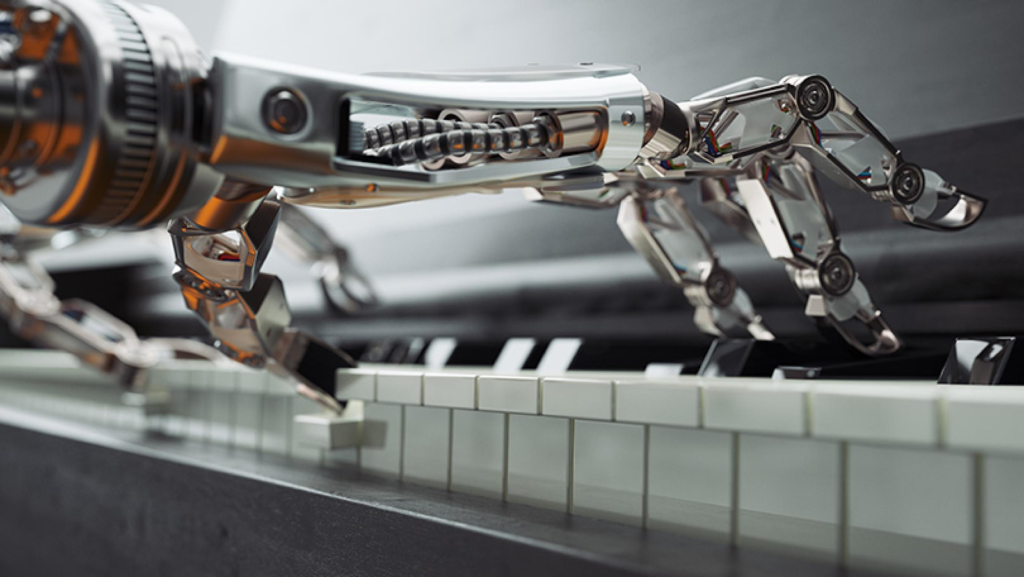
In the music industry, generative AI is used to create music that’s not limited by human creativity. By using AI tools, producers can generate unique beats, chord progressions, and melodies, leading to the development of new and innovative music. For instance, artists like Taryn Southern and Holly Herndon have leveraged AI in their music production, leading to the development of new and exciting forms of music.
AI can analyze vast amounts of data, it can identify patterns and trends that humans might miss, leading to more successful songs and albums. Its uses extend to the creation of entire albums, like the album “I AM AI” which was composed entirely by AI using algorithms that analyzed hundreds of thousands of songs. This album was created by Amper Music, a company that provides a platform for creating and customizing AI-generated music. The album uses AI algorithms to generate music that matches the preferences of its customers.
By inputting specific parameters like tempo, mood, and instrumentation, the program creates a custom track that is unique to the customer’s needs. And it’s not just new music that’s being created – AI is also being used to remix and reinterpret existing songs, like the AI-generated remix of the Beatles’ “Come Together” that was created for the 50th anniversary of the band’s album, “Abbey Road.”
Generative AI can also help in the music production process. OpenAI’s Jukebox, for example, is an AI system that can generate new songs in various genres, complete with lyrics and melodies. Music producers can use this tool to create demos, remixes, and even full albums. Gracenote is a company that uses AI to analyze music tracks and identify their characteristics, such as tempo, key, and mood. This information can be used to create playlists, recommend similar songs, and even help artists find collaborators with similar styles.
Concerns and Opportunities
One of the main arguments against generative AI is that it can create music, art, or writing that lacks the human touch. Some people believe that AI-generated works are soulless and devoid of emotions and that they can’t match the depth and complexity of human creativity. They argue that true originality can only come from human beings who have lived unique lives, experienced emotions, and developed a personal style.
Moreover, some people worry that generative AI may lead to a concentration of power in the hands of a few big companies or institutions. They fear that AI algorithms may be used to create works that cater to a narrow set of tastes or preferences, leading to a loss of diversity and plurality in creative works.
However, it’s important to note that AI is not necessarily a threat to creativity and originality. Instead, it can be seen as a tool that artists and creators can use to enhance their creative process. By using generative AI algorithms, artists can explore new styles, techniques, and ideas that they may not have thought of otherwise. They can use AI-generated works as a starting point for their own creations, or as a way to inspire and inform their work.
Moreover, generative AI presents significant opportunities for individuals and businesses. It has made the creative industry more diverse and accessible, leading to the development of new forms of art, music, and design. It has also improved decision-making in various sectors like finance and healthcare, leading to better outcomes and profits.
Generative AI is revolutionizing various industries and changing the game in art, music, finance, and healthcare. While it presents concerns about its impact on creativity, it also presents significant opportunities for individuals and businesses. The future of creativity is bright, and generative AI is playing a significant role in shaping it.
So, what does the future of creativity look like with Generative AI? It’s hard to say for sure, but one thing is certain: the possibilities are endless. With AI-generated content becoming more sophisticated and widespread, we could see a surge in creativity and innovation across all industries. And who knows? Maybe one day we’ll look back and wonder how we ever created anything without the help of AI.
